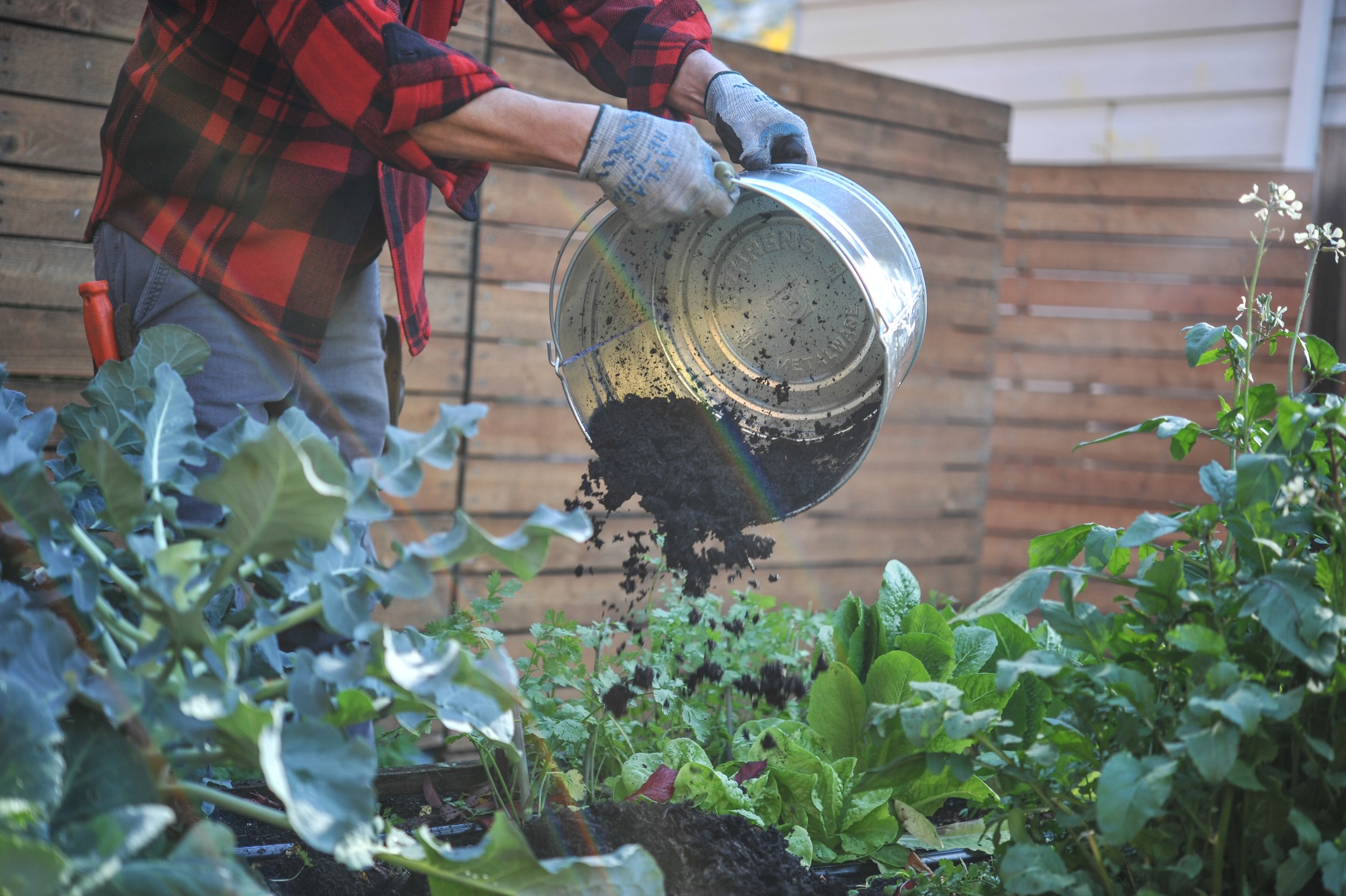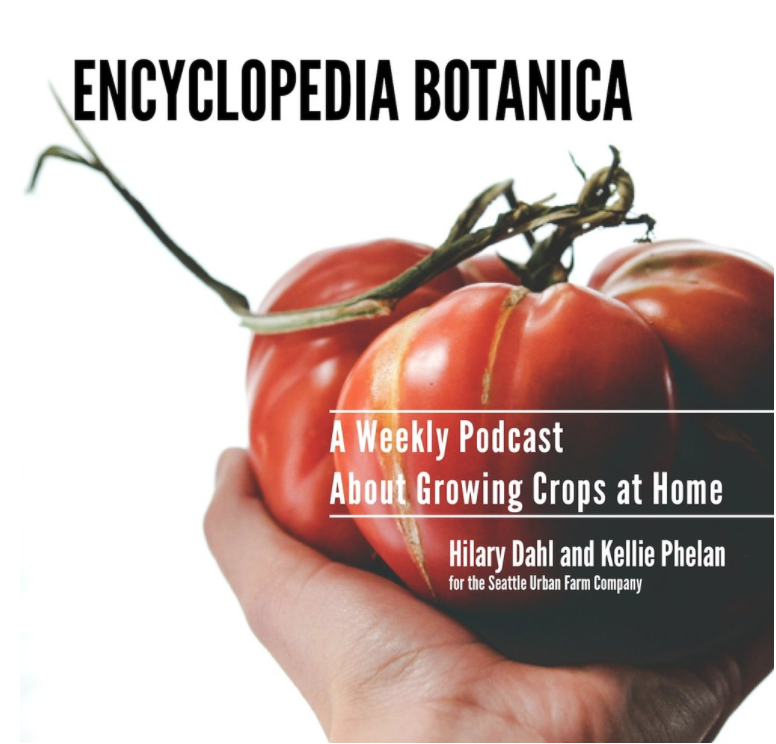Organic fertilizer is a key component of any vegetable garden, and today we are going to explore a specialized recipe for an organic fertilizer that is totally vegan. You might prefer a vegan fertilizer because of your dietary preferences, or, if you live in an urban environment with high pest pressures (rodents), a vegan fertilizer can be a great way to curb that issue. Join us as we review the macro and micronutrients in a fertilizer blend, what they do for your soil, and how to mix your own batch at home.
HOW TO LISTEN:
Subscribe in iTunes (or your favorite podcast player) to have our podcasts sent directly to your device.
Listen right now in your browser by clicking above.
SHOW NOTES:
In this episode, we discuss:
The NPK ratio and why it matters
Our recipe for a vegan organic fertilizer
The role each component of the fertilizer plays in your soil health, including cottonseed meal, alfalfa meal, kelp meal, and greensand
Important Take-aways:
All fertilizers are assessed by their NPK ratio, which stands for nitrogen, phosphorus, and potassium. This number is typically shown prominently on the label of the product and is typically shown as a series of three numbers separated by hyphens (for example, 4-5-6 or 0-0-10). These numbers indicate the percentage by weight of each nutrient that is in the fertilizer.
N, P and K are often referred to as “macronutrients.” In addition to these macronutrients, your plants need a range of other “micronutrients” such as zinc, boron, magnesium and calcium.
Our recipe for a vegan organic fertilizer that contains both macro and micronutrients is:
2 parts cottonseed meal
2 parts alfalfa meal
1 part kelp meal
1 part greensand
Cottonseed Meal (5-2-1): A by-product of the cotton industry, cottonseed meal is an excellent source of slow-release nitrogen, phosphorus, potash and numerous trace elements.
Alfalfa Meal (3-1-2): Alfalfa meal is and is alkaline, which will also help balance out the more acidic cottonseed meal.
Kelp Meal (1-0-2): As the name indicates, Kelp Meal is made from dried ocean seaweed. The range of nutrients in Kelp Meal is somewhat astounding and includes Magnesium, Sulfur, Sodium, and Vanadium.
Greensand (0-0-3): Greensand is a great source of Potassium, and despite its non-renewable nature, its wide range of soil-improving properties make it a necessary soil-building substance. In addition to supplying Potassium, Greensand is a source of many micronutrients, and it can help break up clayey soils and improve your soil’s water retention capacity.
Like what you hear? Please share our podcast with a friend. Subscribe on iTunes or your favorite podcast player so you never miss a beat. And we'd really appreciate you showing us some love by leaving a rating and review on iTunes.
Have a topic you'd like see us dig in to? Leave us a note in the comment section below or #EBpodcast on Instagram and Twitter!












